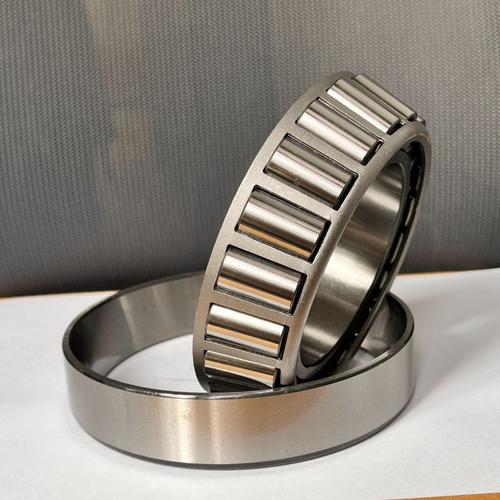Understanding Tapered Roller Bearing Dimensions: A Comprehensive Guide
Tapered roller bearing dimensions are critical for ensuring proper fit and performance in various mechanical applications. These bearings are designed to handle both radial and axial loads, making them essential in industries like automotive, aerospace, and heavy machinery.
1、tapered roller bearing size chart2、standard tapered roller bearing dimensions
3、how to measure tapered roller bearings
4、tapered roller bearing applications
1、tapered roller bearing size chart

A tapered roller bearing size chart provides detailed measurements for various bearing types, including inner diameter (ID), outer diameter (OD), and width. These charts are indispensable for engineers and procurement specialists who need to select the right bearing for their applications. For instance, a common size like 30205 has an ID of 25mm, an OD of 52mm, and a width of 16.25mm. Understanding these dimensions ensures compatibility and optimal performance in machinery. Always refer to manufacturer specifications for precise measurements, as tolerances can vary. Additionally, consider factors like load capacity and speed ratings when selecting bearings from a size chart.
2、standard tapered roller bearing dimensions
Standard tapered roller bearing dimensions follow industry norms to ensure interchangeability and ease of replacement. These dimensions include the bore diameter, outer diameter, and overall width. For example, the 30312 bearing has a standard bore of 60mm, an OD of 130mm, and a width of 33.5mm. Standardization allows for seamless integration into existing systems without custom modifications. It's crucial to adhere to these standards to avoid operational issues. Manufacturers like Timken and SKF provide detailed catalogs listing standard dimensions for their bearing series. Always verify dimensions against application requirements to ensure proper fit and function.
3、how to measure tapered roller bearings
Measuring tapered roller bearings accurately requires precision tools like calipers and micrometers. Start by measuring the bore diameter (ID) at multiple points to account for any ovality. Next, measure the outer diameter (OD) and width. For tapered bearings, the contact angle is also a critical dimension. Record all measurements and compare them to manufacturer specifications. Proper measurement ensures the bearing will fit and perform as intended. Common pitfalls include misalignment during measurement and ignoring wear in used bearings. Always clean the bearing before measuring to avoid debris affecting accuracy. For critical applications, consider professional measurement services.
4、tapered roller bearing applications
Tapered roller bearings are used in applications requiring combined radial and axial load support. Common uses include wheel hubs in automobiles, gearboxes, and industrial machinery. Their ability to handle high loads and misalignment makes them ideal for heavy-duty applications. For example, in automotive wheel hubs, tapered bearings provide smooth rotation and durability under varying loads. In aerospace, they are used in landing gear systems. Selecting the right bearing dimensions is crucial for performance and longevity. Always consider operational conditions like temperature, speed, and lubrication when choosing bearings for specific applications.
Tapered roller bearing dimensions play a vital role in mechanical systems, affecting performance, durability, and efficiency. Whether you're selecting bearings from a size chart, adhering to standard dimensions, or measuring them manually, accuracy is key. Understanding these dimensions helps in choosing the right bearing for applications ranging from automotive to industrial machinery. Explore our detailed guides on each aspect to make informed decisions and optimize your machinery's performance.
In conclusion, tapered roller bearing dimensions are fundamental to mechanical design and maintenance. By understanding size charts, standard dimensions, measurement techniques, and applications, you can ensure optimal performance and longevity of your equipment. Always refer to manufacturer data and consult experts when in doubt.




 13869596835
13869596835